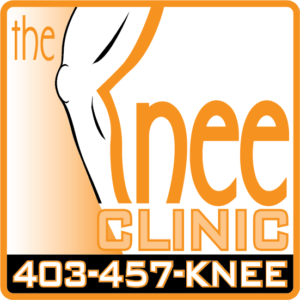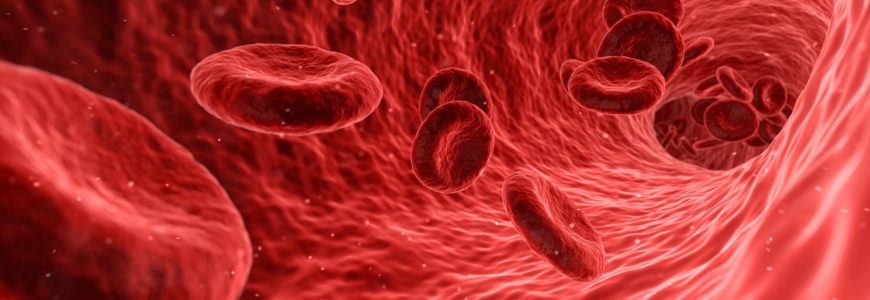Encouraging results from platelet-rich plasma (PRP) therapy
When it comes to healing procedures, Dr. Dale Macdonald likes to harness the body’s own natural response to injury.
“We’ve been using platelet-rich plasma therapy in our clinic with very good success for some time now,” says Dr. Macdonald, Sport Specialist and Clinic Director at Elite Sport Performance in Calgary. “We see this as a way of repairing damage by enhancing the body’s natural healing properties.”
Macdonald explains that with many injuries, the body’s natural healing defense is inflammation. This brings an increased supply of blood to the injured area. This blood contains important healing platelets that stimulate reparative action and tissue regrowth.
Sometimes, though, injuries occur in areas where tissues have relatively low blood supplies to begin with. This is where the body is less capable of healing on its own. For a little help in those areas, Macdonald says that platelet-rich plasma (PRP) therapy is often a viable solution.
During PRP therapy, blood is drawn from a person’s arm, similar to when a blood test is done. A special centrifuge then spins this blood at high speeds and separates the platelets and other beneficial blood components. The layer rich in concentrated platelets and growth factors is sometimes five to 10 times what would normally occur in the body. This platelet-rich plasma is then injected in and around the injury to stimulate the development of new blood vessels and regenerate new tissue.
Since a patient’s own blood is used, this is a safe method that minimizes the risk of transmittable infections and allergic reactions. This treatment can easily be done in an examination room in less than an hour.
Macdonald says PRP therapy is best used to treat two types of injuries:
Soft tissue injuries. Injuries that fall under this category could include knee injuries where the tendons or muscles are torn (like jumper’s knee), or even tears to the meniscus cartilage that cushions the knee. Some of these areas don’t have an ample blood supply available, so PRP therapy can result in faster healing times.
PRP therapy can also be successful in helping to regrow tissue with flexor or extensor injuries (like golfer’s elbow or tennis elbow) when damage exists at the point where the muscle changes into tendon, or where the tendon attaches to the bone.
Early-stage or moderate joint deterioration. Joints take a lot of impact, and can wear out over time. PRP therapy can bring healing platelets to the joints and can help the body resolve certain inflammatory conditions or help to heal worn-down tissues.
For Macdonald, this leading-edge approach to treating injuries is showing encouraging results in the Elite Sport Performance clinic. Consider PRP as one more option for patients in the treatment toolbox.
“We offer this safe and easy management alternative for patients to try, before moving to more invasive treatments like surgery,” Macdonald says.
– Knee Injury & Pain Treatment Specialists, The Knee Clinic




